Imagine walking into your kitchen and being greeted by the delightful aroma of fresh basil, rosemary, and mint — right at your fingertips! With a small space herb garden, you can transform your cooking experience while beautifying your kitchen. This article will provide you with practical steps and creative ideas for establishing your very own kitchen herb garden, ensuring that even the tiniest spaces can yield delicious rewards. Get ready to cultivate your green thumb and enhance your culinary skills!
Why Grow Herbs at Home?
Growing herbs at home is not just a culinary delight; it’s an opportunity to transform your small space into a vibrant oasis of flavor and fragrance. Imagine stepping into your kitchen and being greeted by the fresh scent of basil, mint, or rosemary — herbs that are not only easy to grow but also elevate your cooking game. By cultivating your own herb garden, you ensure that the ingredients you use are fresh and chemical-free, enhancing both the taste and nutritional value of your meals.
Moreover, a small space herb garden can be a creative outlet that adds a unique touch to your home decor. Whether you choose to hang pots from the ceiling, use vertical planters on your walls, or incorporate a charming windowsill layout, each arrangement can reflect your personality and style. Plus, caring for plants has been shown to reduce stress and improve mental well-being. So, while you’re nurturing your herbs, you’re also nurturing yourself — a win-win for your kitchen and your mind!
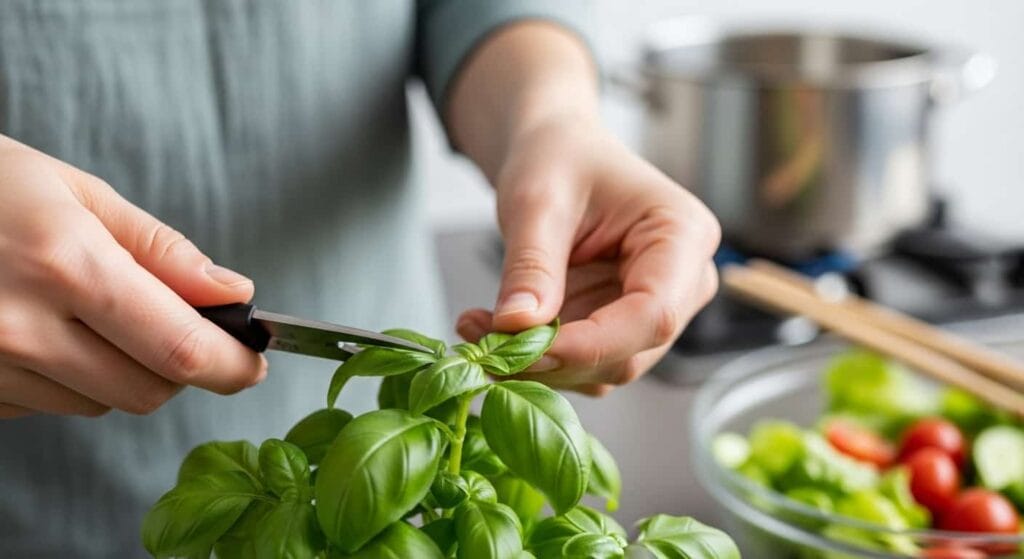
Choosing the Right Herbs for Small Spaces
When curating your small space herb garden, consider herbs that not only thrive in limited areas but also complement your cooking habits. Basil, thyme, and chives are excellent choices for a windowsill herb garden, as they require minimal space while offering maximum flavor. Basil loves sunlight, so placing it near a bright window will yield robust growth, while thyme and chives can tolerate partial shade, making them versatile companions in your herb collection.
Additionally, think about the aesthetics of your herb garden. Mixing trailing herbs like mint or oregano in hanging planters adds a visually appealing touch, while also maximizing vertical space. Using colorful pots can enhance your kitchen’s decor, turning your herb garden into a delightful focal point. Remember to group herbs with similar watering needs together to simplify care and maintenance. With a bit of creativity and thoughtful selection, your small space can flourish into a vibrant herb haven!
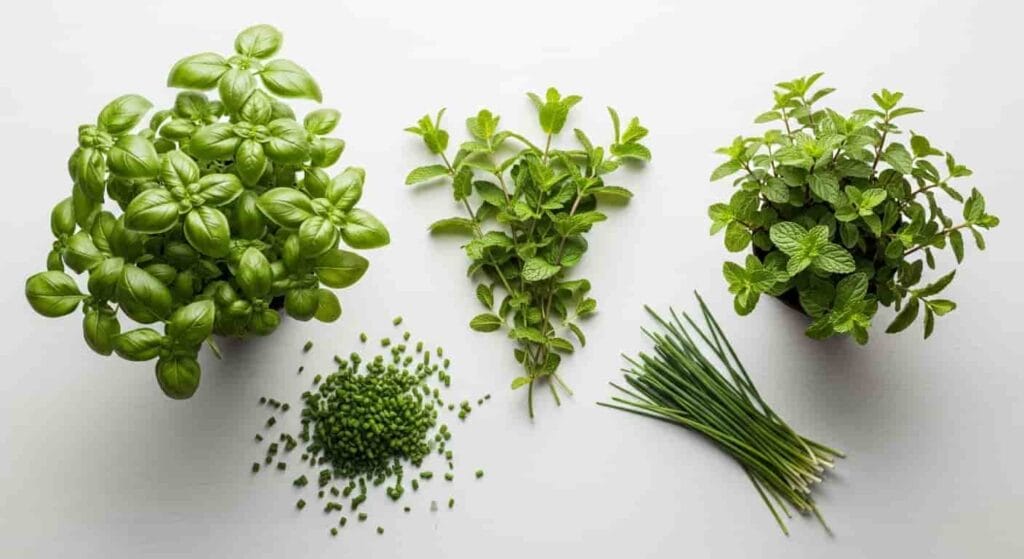
Best Containers for Your Herb Garden
When choosing containers for your indoor herb garden, consider materials that not only look good but also support healthy growth. Terracotta pots are a classic choice, offering excellent breathability and moisture control. Their porous nature allows roots to breathe, reducing the risk of overwatering — a common pitfall for indoor gardeners. For a modern twist, try sleek metal or ceramic pots that come in vibrant colors, adding a pop of personality to your kitchen decor while still being functional.
Another innovative option is vertical planters or wall-mounted containers. These save valuable countertop space and create an eye-catching display of greenery. Plus, they can easily be positioned near sunlight for optimal growth. Don’t forget to incorporate self-watering containers, which help maintain consistent moisture levels, ensuring your herbs thrive even when you’re busy. With the right containers, you’ll not only grow fresh herbs indoors but also enhance your kitchen’s ambiance!

Soil and Drainage: Essential Tips
When starting your container herb garden, the foundation lies in choosing the right soil and ensuring proper drainage. Opt for a high-quality potting mix specifically designed for containers. These blends often contain components like peat moss, vermiculite, and perlite, which provide excellent aeration and moisture retention — crucial for easy herbs to grow, such as basil and parsley. Avoid using garden soil, as it can become compacted in pots and may introduce pests or diseases.
Drainage is just as vital as the soil itself. To prevent waterlogging, ensure your containers have drainage holes at the bottom. If you’re using decorative pots without holes, consider placing a layer of pebbles or gravel at the bottom before adding soil. This simple trick promotes excess water flow away from the roots and reduces the risk of root rot. Remember to monitor the moisture levels regularly; herbs generally prefer slightly moist soil but can suffer if left too soggy. With these tips in mind, you can create an ideal environment for your herbs to flourish in even the smallest of kitchens!
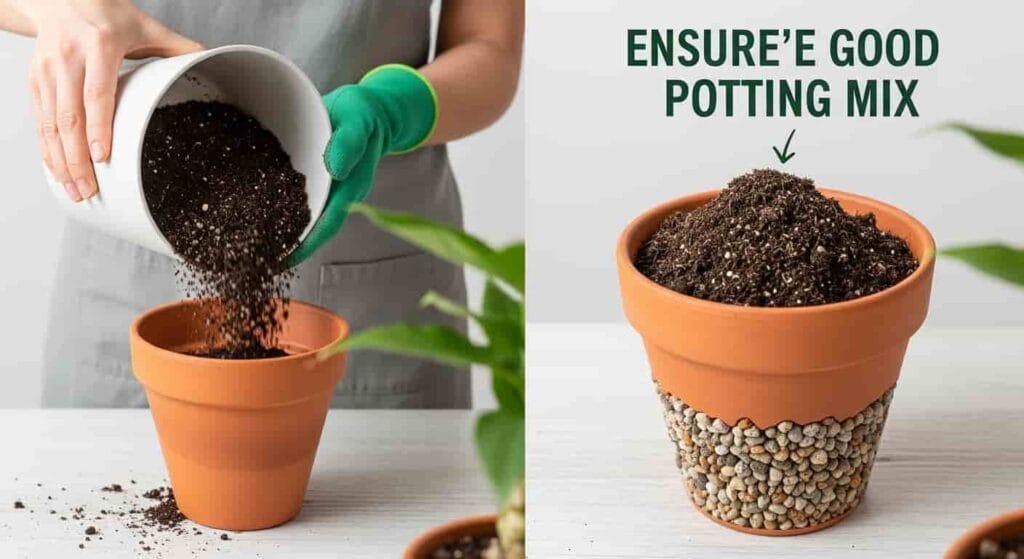
Optimal Light Conditions for Herbs
When it comes to small space gardening herbs, the right light is crucial for success. Most culinary herbs thrive in bright, indirect sunlight, ideally receiving around 6-8 hours of light daily. If your kitchen is short on natural light, consider placing your herb garden near a south-facing window or using supplemental grow lights. LED grow lights are energy-efficient and can mimic sunlight, making them an excellent option for indoor herb gardens.
Experimenting with the placement of your herbs can yield surprising results! For instance, while basil loves the sun, mint prefers a bit of shade. To maximize growth, rotate your pots weekly to ensure even light exposure. Additionally, keep an eye on your plants; if they start leaning towards the light source, it’s a sign they need more brightness. By adjusting your setup according to each herb’s unique needs, you can create a thriving green oasis in even the smallest kitchens.
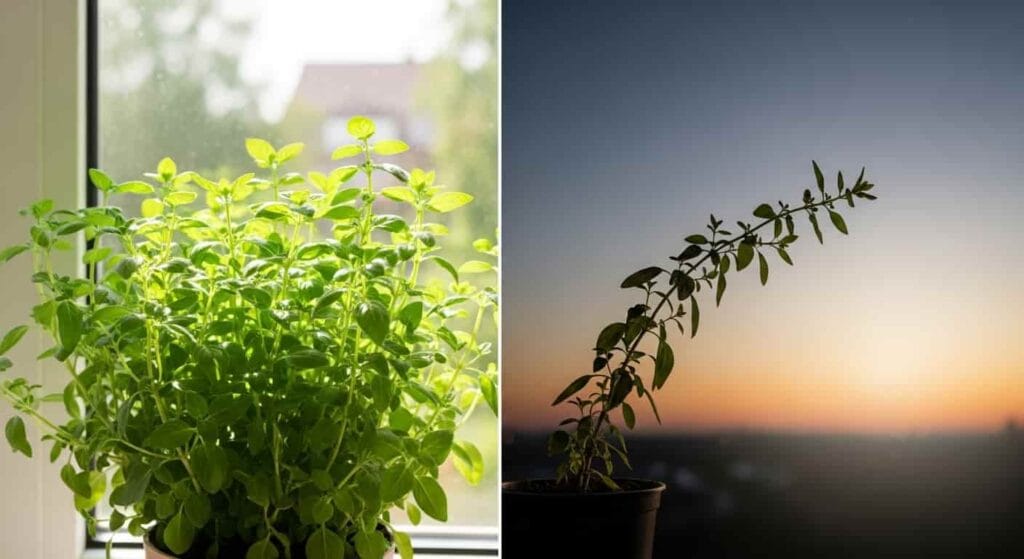
Watering: How Much is Too Much?
When it comes to your small space herb garden, finding the right balance in watering is crucial. Overwatering can lead to root rot, a common issue that can quickly kill your herbs. To avoid this, always check the top inch of soil; if it’s dry to the touch, it’s time to water. Remember, different herbs have varying moisture needs — basil loves humidity, while rosemary prefers drier conditions.
A good rule of thumb is to water deeply but less frequently. This encourages strong root development and helps your herbs thrive. Consider using self-watering pots or incorporating a moisture meter for precision. By doing so, you not only simplify your routine but also create a more efficient herb garden layout that promotes healthy growth without the guesswork. Happy gardening!
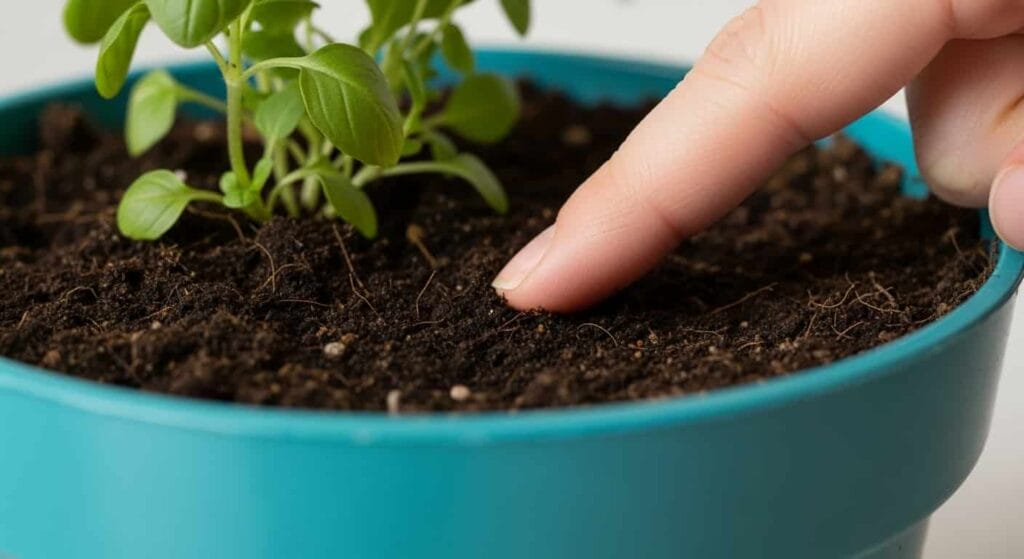
Creative Placement Ideas for Your Kitchen
Transform your kitchen into a vibrant herb sanctuary by exploring unconventional placement ideas that maximize your space. Consider using vertical wall planters to utilize empty wall space. These planters can be mounted near windows or on walls where they will receive adequate sunlight, allowing you to grow herbs indoors while adding a decorative touch to your kitchen decor.
Another fantastic option is to repurpose small shelves or spice racks. You can create a dedicated herb shelf above your countertop or even inside cabinets with glass doors. This not only keeps your herbs organized but also makes them easily accessible when cooking. Alternatively, try hanging pots from the ceiling or using magnetic containers on the refrigerator for a fun, modern twist that saves counter space. 🪴 Each of these creative placements not only encourages you to grow herbs indoors but also elevates your kitchen’s aesthetic!
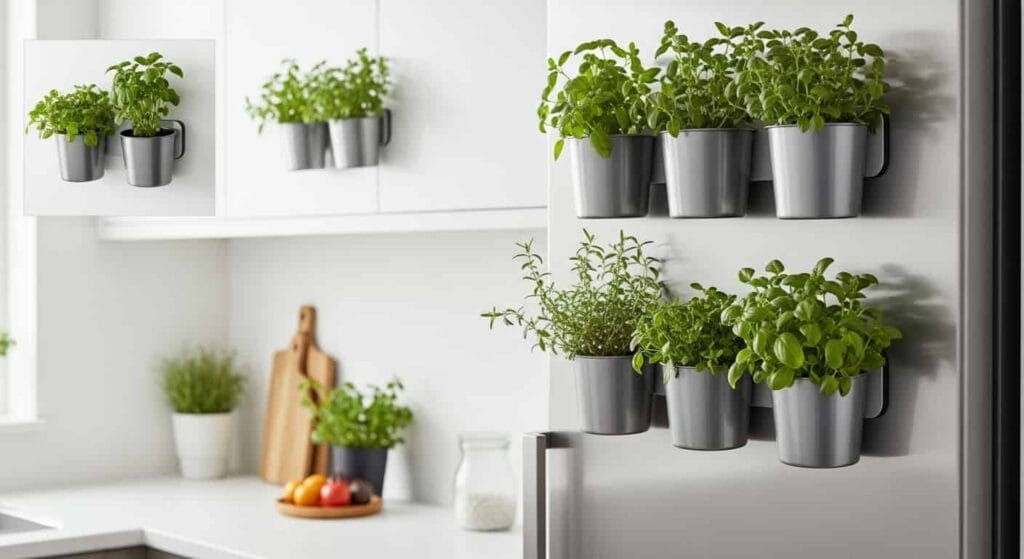
Maintenance Tips for Thriving Herbs
To keep your herb garden flourishing, regular maintenance is essential. Start by ensuring your herbs receive adequate sunlight; most herbs thrive with 6-8 hours of bright, indirect light daily. Consider rotating your pots if they’re in a window to promote even growth and prevent leggy plants.
Watering is another critical aspect — aim for consistent moisture without waterlogging the soil. A good rule of thumb is to check the top inch of soil; if it feels dry, it’s time to hydrate! Additionally, regular pruning not only encourages bushier growth but also helps prevent pests. Snip off any flowers that appear, as they can divert energy from leaf production. Finally, consider companion planting; mixing herbs like basil and parsley can enhance flavors and deter pests, creating a thriving mini-ecosystem right in your kitchen.
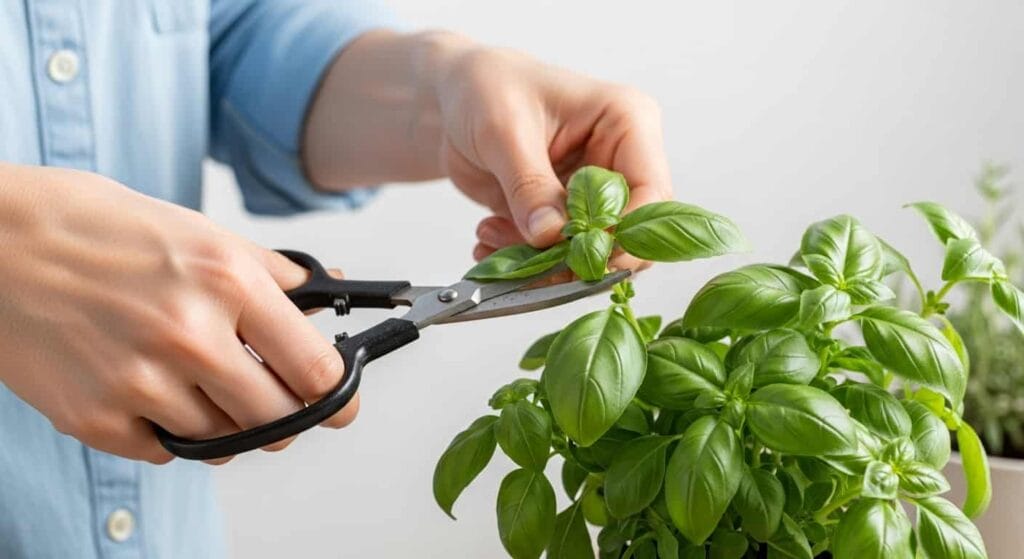
Harvesting and Using Your Fresh Herbs
When it’s time to harvest your fresh herbs, timing is key! For the best flavor, aim to pick your herbs in the morning after the dew has dried but before the sun reaches its peak. This preserves their essential oils and maximizes their aromatic potential. Use sharp scissors or garden shears to snip stems just above a leaf node, encouraging new growth. Remember, regular harvesting not only provides you with fresh flavors but also promotes bushier plants.
Once you’ve gathered your bounty, the possibilities are endless! Consider creating a vibrant herb-infused oil or vinegar for a delightful addition to salads and marinades. Alternatively, chop up your herbs and mix them into homemade sauces, dips, or even baked goods for a surprising twist. For longer preservation, you can freeze herbs in ice cube trays with a bit of water or oil — perfect for throwing into soups or stews during colder months. Embrace the creative potential of your herb garden, and let each meal become an opportunity to explore new flavors!
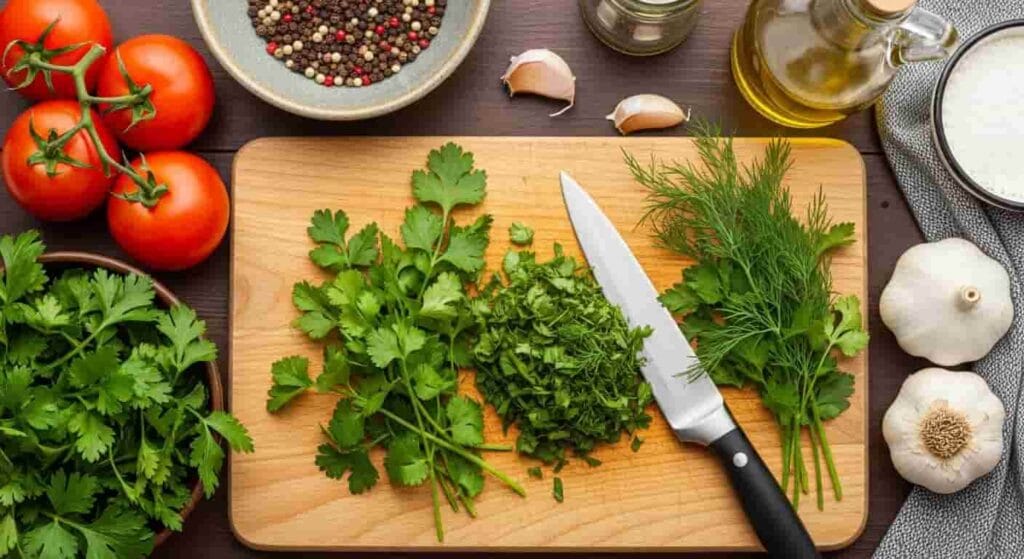
Enjoy Your Homegrown Flavor!
Imagine plucking a fresh basil leaf or snipping a sprig of thyme right from your kitchen counter. The burst of flavor that homegrown herbs bring to your dishes is unparalleled. By cultivating your own herb garden, you not only elevate your meals but also foster a deeper connection with the food you prepare. Fresh herbs can transform even the simplest recipes into culinary masterpieces, enhancing everything from salads to soups with their vibrant aromas and tastes.
Moreover, growing your own herbs offers an opportunity for creativity in your cooking routine. Experiment with unique pairings — try adding freshly chopped chives to scrambled eggs or infuse olive oil with rosemary for a delightful dipping sauce. The versatility of fresh herbs allows you to explore new cuisines and adapt traditional recipes to suit your palate. With just a few pots on your windowsill, you can become the chef you’ve always wanted to be, making every meal a celebration of your homegrown flavor!
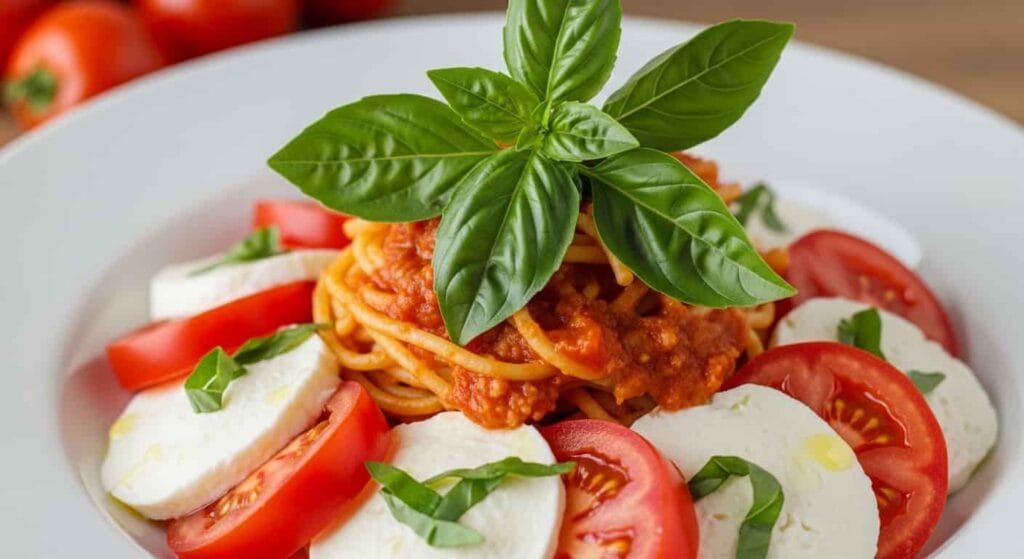
FAQs for Small Space Herb Garden: Grow Fresh Herbs in Any Kitchen
What herbs are best for small space gardening?
Great options include basil, parsley, chives, cilantro, and mint. These herbs thrive in pots and require minimal space!
How much sunlight do my herbs need?
Most herbs need 6-8 hours of sunlight daily. A sunny windowsill or a grow light can provide the necessary brightness.
What type of containers should I use for my herb garden?
Choose pots with drainage holes to prevent overwatering. Terracotta or ceramic pots work well, but plastic can be lighter and easier to manage.
How often should I water my herbs?
Water your herbs when the top inch of soil feels dry. Typically, this means watering them once a week, but check frequently for moisture.
Can I grow herbs indoors all year round?
Yes! Many herbs can thrive indoors year-round as long as they receive adequate light and warmth.
Do I need to fertilize my herbs?
Yes, using a balanced liquid fertilizer every 4-6 weeks can help your herbs grow strong and healthy.
How do I harvest my herbs without killing the plant?
Use clean scissors to snip leaves or stems, taking no more than one-third of the plant at a time to allow it to continue growing.
Can I mix different herbs in one pot?
Yes, but ensure they have similar light and water needs. Good combinations include basil with oregano or chives with parsley for a flavorful mix!





